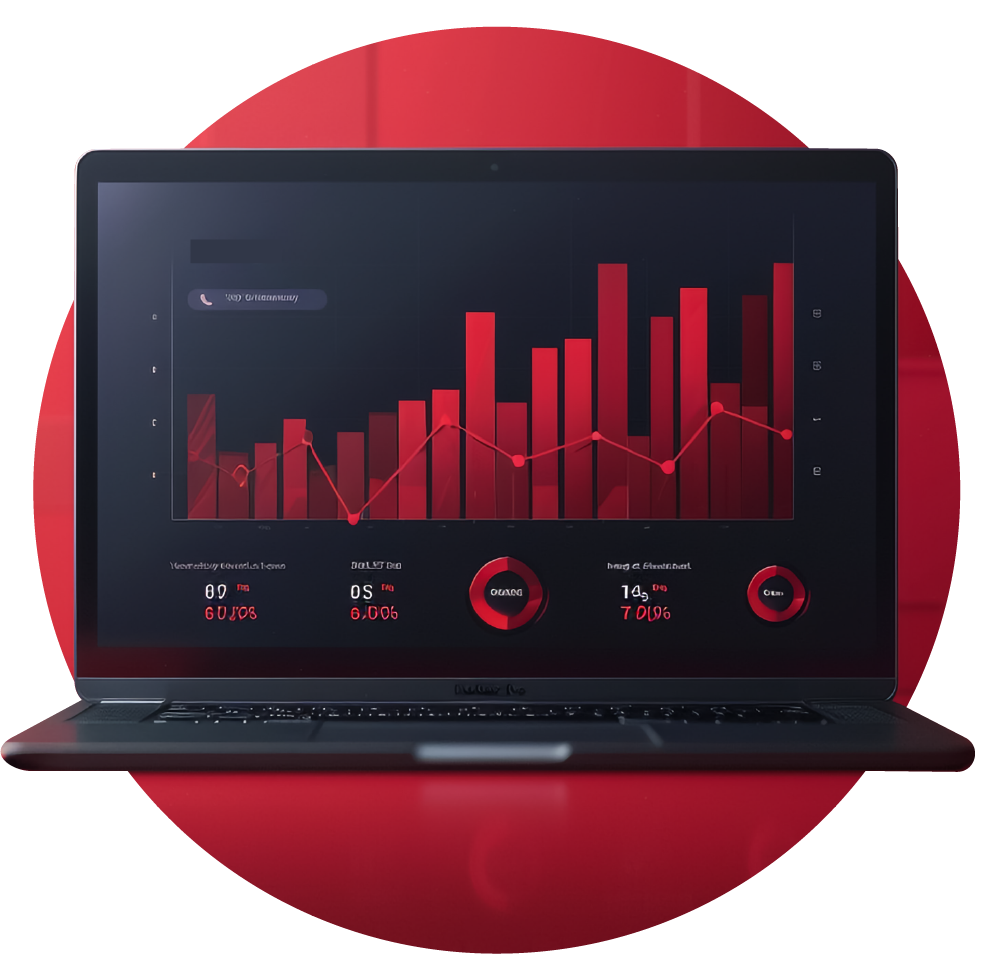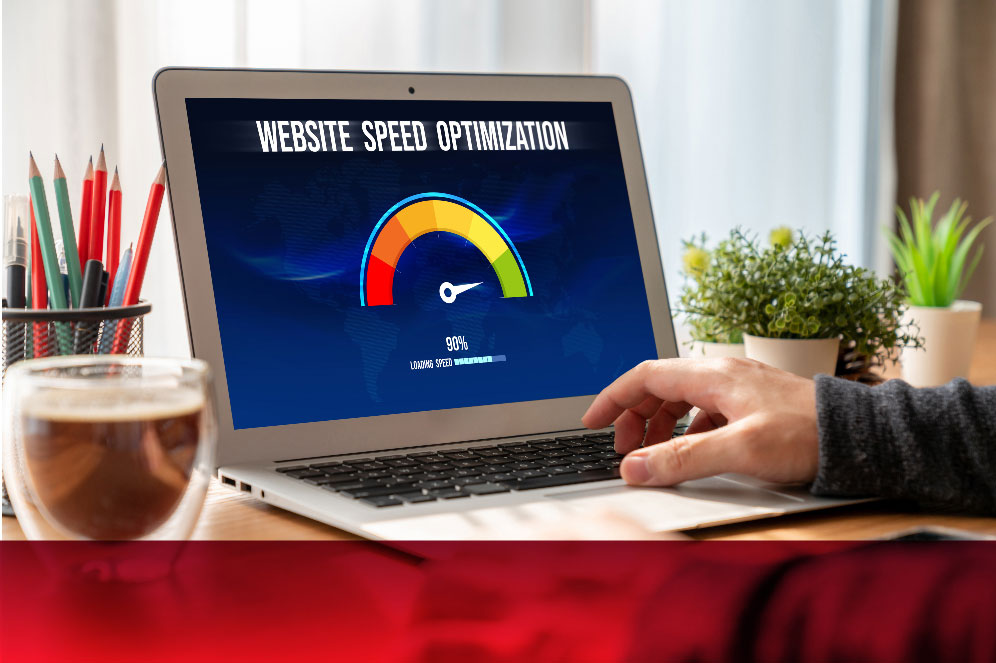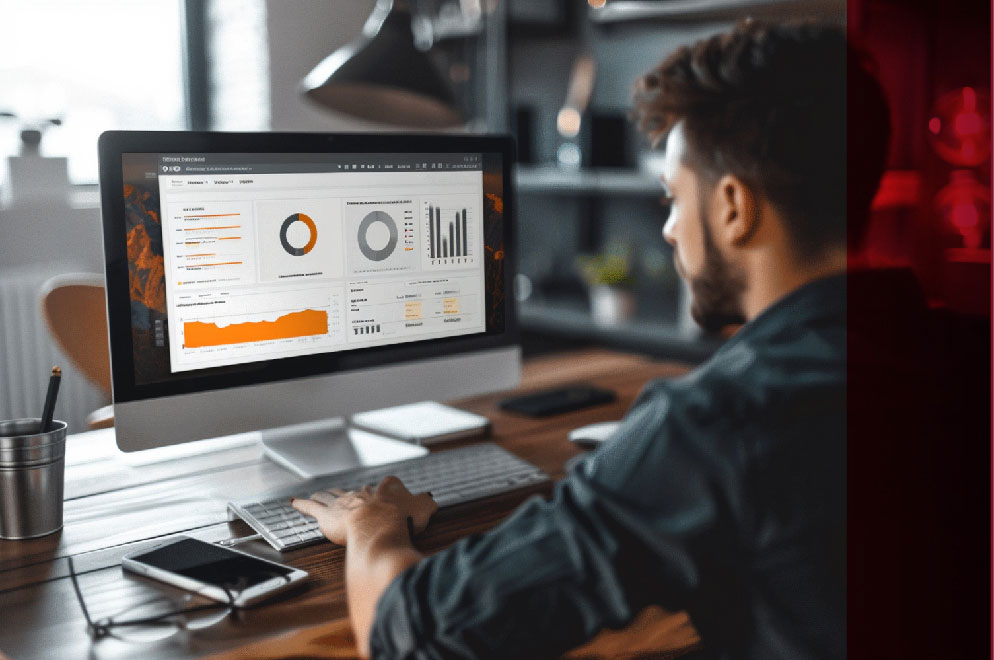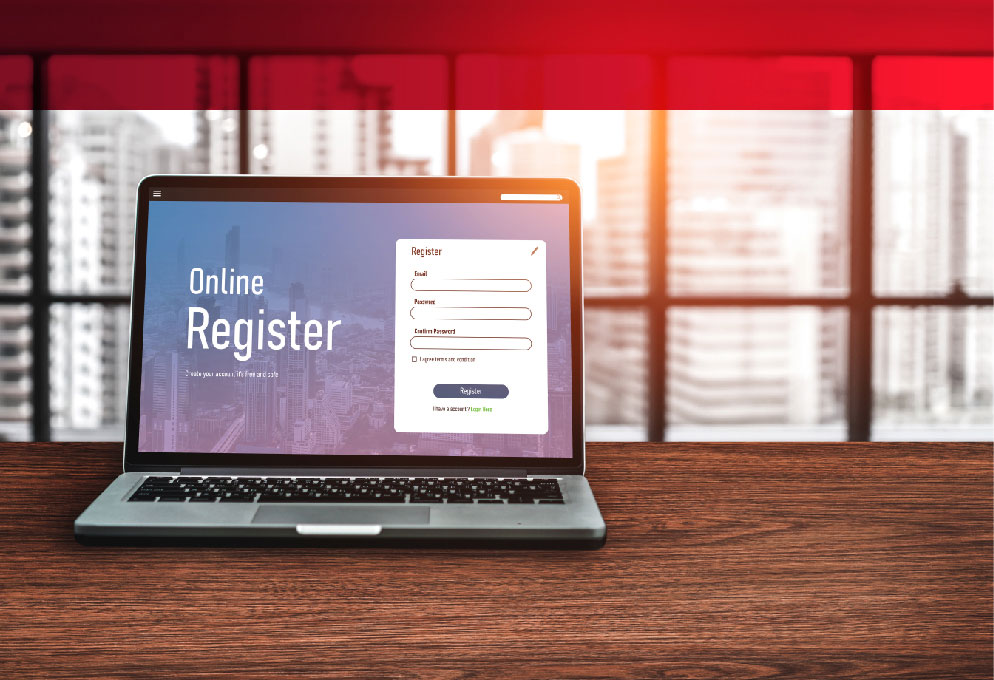Registration
xTechnical SEO
- Crawlability: Ensuring search engines can crawl and index your website. This involves checking the sitemap, robots.txt file, and internal linking.
- Mobile-Friendliness: Reviewing the mobile usability of your site, especially after Google's mobile-first indexing.
- Site Speed: Assessing how fast your site loads on both desktop and mobile. Tools like Google PageSpeed Insights or Lighthouse can help.


- HTTPS: Verifying that your website uses HTTPS for security.
- Canonicalization: Ensuring proper use of canonical tags to avoid duplicate content issues.
- Structured Data: Checking for schema markup implementation to improve how search engines understand your content.
On-Page SEO
- Title Tags and Meta Descriptions: Reviewing if each page has optimized, unique, and properly formatted title tags and meta descriptions.
- Header Tags (h2, H2, etc.): Ensuring proper use of header tags for hierarchical content structure.
- Content Quality: Analyzing if the content is relevant, comprehensive, and uses targeted keywords appropriately (without overstuffing).
- Keyword Optimization: Verifying that primary and secondary keywords are placed effectively within content, headers, and metadata.
- Internal Linking: Checking if internal links are used to enhance navigation and distribute authority across the site.
- Image Optimization: Assessing if images have proper alt tags and are compressed for speed without losing quality.


Off-Page SEO
- Backlink Profile: Evaluating the quality, quantity, and relevance of external sites linking to your site (backlinks).
- Domain Authority: Checking metrics like domain authority (DA) and trustworthiness of the site.
- Anchor Text Distribution: Reviewing the anchor text used in backlinks to ensure diversity and relevance.
- Social Signals: Looking at social media activity and whether it drives engagement and traffic to the site.
Content Audit
- Content Gaps: Identifying opportunities for creating new content based on keyword and user intent gaps.
- Duplicate Content: Checking for duplicate or thin content that might lead to penalties or poor rankings.
- Engagement Metrics: Analyzing user engagement (e.g., bounce rate, time on page) to understand how users interact with content.

Registration
xUser Experience (UX)
- Navigation: Evaluating site structure and ease of navigation for both users and search engines.
- Design and Layout: Ensuring the design is visually appealing and enhances user experience.
- Conversion Optimization: Checking for clear call-to-action (CTA) elements and streamlined pathways to conversion (such as forms, checkout pages).


Local SEO
- Google My Business Listing: Checking if the business has an optimized and verified Google My Business profile.
- NAP Consistency: Ensuring name, address, and phone number (NAP) details are consistent across the web.
- Local Citations: Verifying presence in relevant local directories and citation sites.
Competitor Analysis
- Keyword Comparison: Checking how your site ranks for target keywords compared to competitors.
- Content Gap Analysis: Identifying content opportunities by reviewing competitors’ content strategies.
- Backlink Analysis: Reviewing competitor backlink profiles to find opportunities for your own link-building strategy.


Analytics & Reporting
- Keyword Comparison: Checking how your site ranks for target keywords compared to competitors.
- Content Gap Analysis: Identifying content opportunities by reviewing competitors’ content strategies.
- Backlink Analysis: Reviewing competitor backlink profiles to find opportunities for your own link-building strategy.

Registration
xmost important
SEO Ranking
FACTORS
01
High-Quality
Content
- Relevance: Content must match the user's search intent and answer their queries comprehensively.
- Depth and Originality: Well-researched, long-form content tends to rank better than superficial or duplicate content.
- Freshness: Regularly updated content performs better, particularly for news, trends, or industries that evolve frequently.
- Keyword Optimization: Properly incorporating primary and related keywords without overstuffing.
02
Backlinks
(Link Building)
- Quality of Backlinks: Links from authoritative, relevant sites carry more weight than those from low-quality sites.
- Diversity: A diverse backlink profile with various types of websites (blogs, news, industry-specific, etc.) signals authority.
- Anchor Text: Natural, diverse anchor text distribution that aligns with content topics.


03
Mobile-First
Indexing
- Mobile Usability: Websites that are mobile-friendly and responsive tend to rank higher. Mobile-first indexing means Google primarily uses the mobile version of your site for ranking.
- Page Speed On Mobile: Fast-loading mobile pages improve rankings and user experience.
04
Page Experience
(Core Web Vitals)
- Quality of Backlinks: Measures loading performance; ideally, it should occur within 2.5 seconds of when the page first starts loading.
- Diversity: Measures interactivity; should be less than 100 milliseconds.
- Cumulative Layout Shift (CLS): Measures visual stability; should maintain a score of less than 0.1.


05
Page Speed
- Fast Load Times: Both desktop and mobile page load times impact rankings. Sites should aim to load in 2-3 seconds or less.
- Optimized Media: Properly sized and compressed images, videos, and media files help improve speed.
06
Secure & Accessible
Website
(HTTPS)
- Secure Connection: Websites using HTTPS are preferred by Google. SSL certificates are essential for trustworthiness and ranking.
- Crawlability: Ensuring that your website is easily crawled and indexed by search engines with clear sitemaps and proper use of robots.txt.


07
User Experience
(UX)
- Easy Navigation: Clean, logical site structure that helps users (and search engines) find content easily.
- Engagement Metrics: Factors like bounce rate, dwell time (how long a user stays on your page), and pages per session influence rankings.
- No Intrusive Interstitials: Pop-ups or ads that interfere with the user experience can negatively affect rankings.
08
Domain Authority
(DA)& Brand Strength
- Domain Age and Authority: Older, established domains with high authority tend to rank better.
- Branded Searches: If people frequently search for your brand, it sends positive signals to Google.


09
Internal Linking
Structure
- Proper Use of Internal Links: Strategically linking to relevant content within your site improves navigation and helps distribute page authority.
- Anchor Text Relevance: Using descriptive, keyword-rich anchor text in internal links helps search engines understand the context.
10
Title Tags & Meta
Descriptions
- Title Tag Optimization: Each page should have a unique, descriptive, and keyword-optimized title tag.
- Compelling Meta Descriptions: While not a direct ranking factor, meta descriptions impact click-through rates (CTR), which can influence rankings.


11
Keyword
Usage
- Keyword Placement: Using targeted keywords in strategic locations such as titles, headings, first 100 words of content, and naturally throughout.
- Semantic Keywords (LSI): Incorporating related or synonym keywords to provide context and depth to your content.
12
Local SEO
- Google My Business: Optimizing your Google My Business profile is crucial for local rankings.
- NAP Consistency: Ensuring your business name, address, and phone number (NAP) are consistent across directories.
- Local Citations and Reviews: Reviews and listings in relevant local directories play an essential role in local SEO rankings.


13
Content-Length
and Engagement
- Long-Form Content: Longer articles (typically 1,500+ words) that thoroughly cover a topic tend to rank higher.
- Engagement Signals: Pages that encourage longer dwell times and interactions through multimedia, links, and interactive elements perform better.
14
Social Signals
(Indirect)
- Social Shares: While not a direct ranking factor, content that gets shared widely on social platforms can drive traffic and indirectly improve rankings.
- Brand Mentions: Even unlinked mentions of your brand online can help search engines recognize your site's authority.


15
Multimedia
Content
- Long-Form Content: Longer articles (typically 1,500+ words) that thoroughly cover a topic tend to rank higher.
- Engagement Signals: Pages that encourage longer dwell times and interactions through multimedia, links, and interactive elements perform better.
16
Behavioral Signals
(User Interaction)
- Click-Through Rate (CTR): Higher organic CTR for a particular search result signals relevance, which can influence rankings.
- Bounce Rate and Dwell Time: Sites that keep users engaged for longer periods and have lower bounce rates may rank higher.





